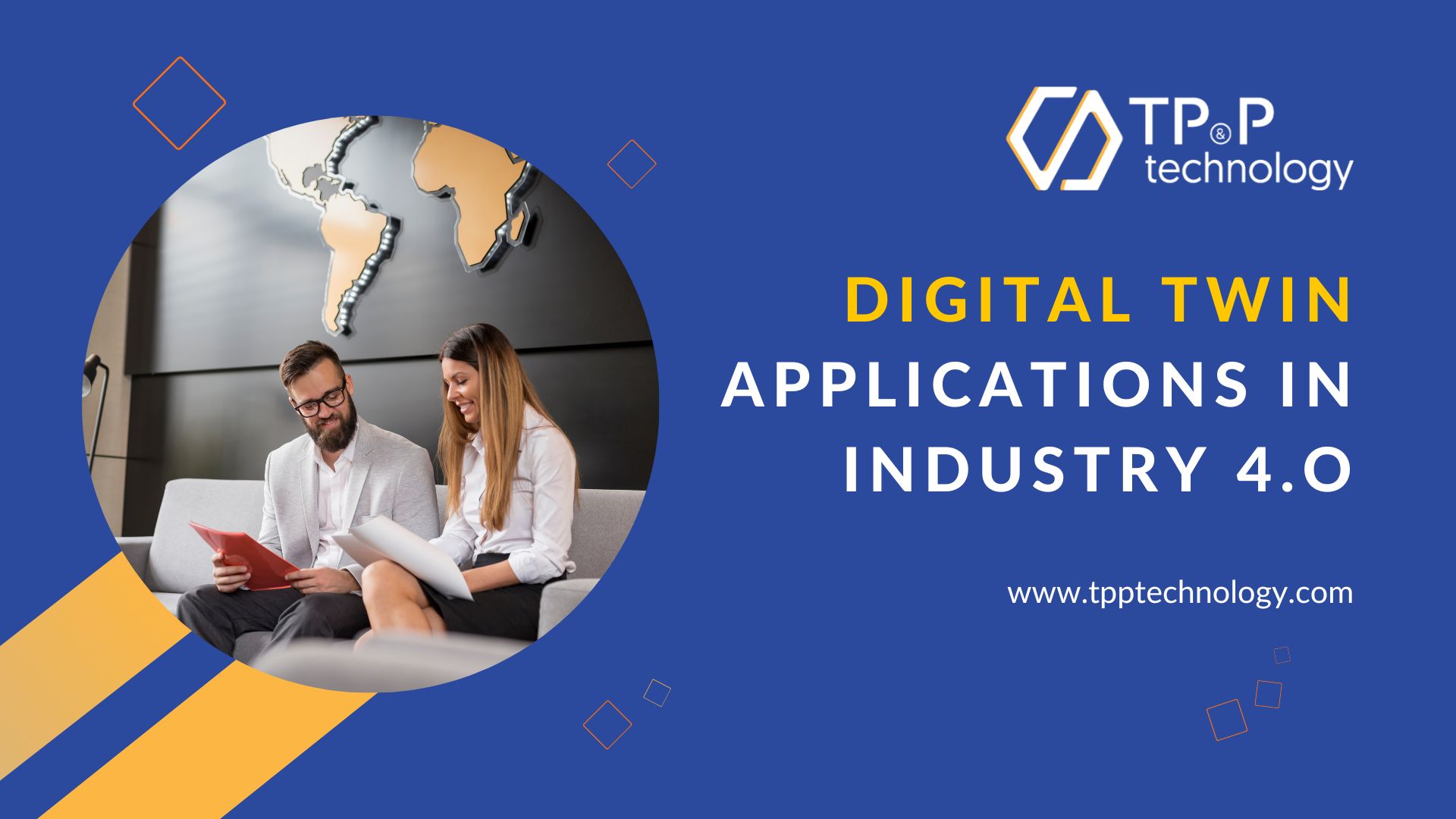
Digital Twin Applications In Industry 4.0
If you're a tech expert, you've probably heard about "Digital Twins." Digital twins are transforming the way manufacturing companies design, build, and operate their facilities. They also have important implications for products. In this article, we'll take a closer look at this innovative technology and why Digital Twins are important to the industrial world.
Digital twins in a nutshell
Digital Twins have gained significant interest in recent years as the Internet of Things (IoT) has become increasingly popular. A digital twin is a virtual representation of an object or system that spans its lifecycle, is updated from real-time data, and uses simulation, machine learning, and reasoning to help make decisions. This technology provides a near real-time bridge between the physical and digital worlds, allowing you to monitor and control devices and systems remotely.
Finally, it can implement simulation models to test and predict assets and handle changes in different "what if" scenarios. By leveraging digital twins, companies can realize significant benefits such as improved operations, product and service innovation, and faster time to market.
Building a digital twin requires different elements, including:
- Sensors capture the operating behaviour of assets and processes (vibration, temperature, pressure, etc.), along with their operating environment (air temperature, humidity, etc.).
- Communication networks provide secure and reliable data transfer from physical devices to the digital world.
A digital platform that acts as a modern data warehouse that aggregates and stores store-level sensor data with high-level business data (e.g. MES, ERP). These data sources can be combined to produce insightful information that can be used in advanced AI/machine learning algorithms for data-driven decision-making.
Recognized for the first time in the aerospace industry, digital twins are currently gaining popularity across industrial sectors. You can create digital twins of almost anything, regardless of size - from single components and assets (rotors, turbines, piping, and more) to complex processes and environments (production lines, factories, wind farms, etc.). Your IT infrastructure's availability and level of maturity will determine how sophisticated and detailed your digital twin models are.
Digital Twin Applications for Industry 4.0
This digital twin provides unprecedented visibility into assets and production to detect bottlenecks, optimize operations and innovate in product development. Here are three main applications of digital twins for Industry 4.0.
- Product design and virtual prototyping: Digital twins can be virtual prototyped during the design phase and adapted to test simulations or different designs before investing in a solid prototype. This definitely saves time and cost by reducing the number of iterations needed to get the product into production. By better understanding product characteristics and failure modes, designers and developers can accurately assess product usability and improve component designs in the future. Likewise, OEMs can provide customized services to different customer groups based on specific user behaviour and product implementation context. Dual digital technology also helps develop virtual prototypes and runs powerful simulations for testing features on experimental data.
- Process planning and optimization: Sensors on production lines can be used to create digital process twins and analyze key performance indicators. Tweaks to the digital twin can identify new ways to optimize production, reduce discrepancies, and assist with root cause analysis. Taking it a step further, rich, integrated historical data on equipment, processes, and environments can enable downtime prediction to improve production planning.
- Predictive maintenance: One of the many impacts of Industry 4.0 is the strategic shift from a reactive maintenance approach to a predictive maintenance approach. Analytical solutions for predictive maintenance enable process owners to avoid random and unexpected events and monitor assets, entire production lines, or plants. Maintenance and spare parts replenishment can be proactively planned to minimise maintenance time and avoid costly asset failures. For OEMs, predictive maintenance using digital twins can provide new service-based revenue streams, helping to improve product reliability.
Manage the quality of your data
The digital twin model relies on data from thousands of remote sensors that communicate over an unreliable network. Companies looking to implement digital twin technology must be able to get rid of bad data and manage weak points in the data flow.
Update your data security protocols
According to Gartner estimates, 75% of digital twins for IoT-connected OEM products will use at least five different types of integration endpoints by 2023. The amount of data collected from these various endpoints is enormous, and each endpoint represents an area of potential exposure. Therefore, companies should evaluate and update their security protocols before using digital twin technology. The most important security areas include:
- The principle of least privilege
- Resolve known device vulnerabilities
- Regular security checks
- Data encryption
- Access privileges, including a clear definition of user roles
Train your team
Users of digital twin technologies must adopt new ways of working, which can lead to problems in building new technical capabilities. Companies need to ensure that their employees have the skills and tools they need to work with digital twins.



